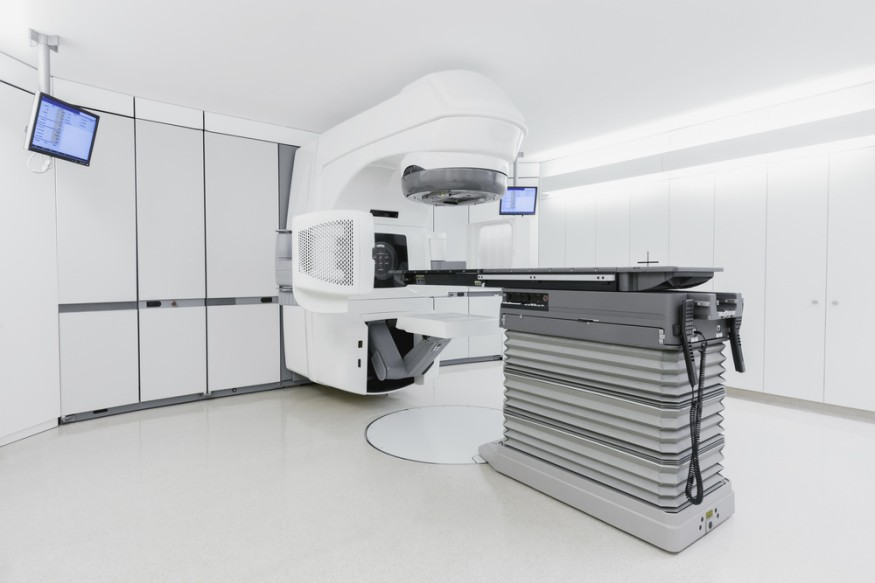
Proton beam therapy, alongside Immunotherapy are some of the most up-to-date treatment types currently available for treating cancer across the modern world. Proton beam therapy, while having been well researched and documented in the late 70s has only recently become affordable enough for private healthcare centres to invest in the latest diagnostic and high energy treatment equipment needed to deliver a full course of proton beam therapy. While some public healthcare providers have been successful in accessing this technology themselves, it will be some time before proton beam therapybecomes as common as other cancer treatments such as conventional radiotherapy and chemotherapy.
However, as advanced medical equipment becomes more readily available and sees excellent results across patient treatment, the new wave of medical technology begins it's appearance in the research world. For proton beam therapy, this is the introduction of MR-guided proton beam therapy, following on from the introduction of MR-LINAC machines to UK private cancer care networks. .
A Brief Look at Proton Beam Therapy
Proton beam therapy is similar to conventional radiotherapy in which an energy beam of particles is directed onto the area of the patient where the tumour or cancer cells are located. It differs by using protons, rather than traditional photons or x-rays and offers several benefits over conventional radiotherapy, including reduced severity of side effects and a lower chance of secondary malignancies caused by irradiated healthy cells.
Combined with pencil beam scanning machines, proton beam therapy is a highly precise treatment and extremely effective in the treatment of cancers that are located in highly sensitive areas such as the brain, lungs, neck and spine. It is also a favourable treatment for children, due to the highly precise targeting, it reduces the damage that occurs by radiation and lessens the chance of long-term side effects commonly associated with radiation treatment.
What is MR-guided Proton Beam Therapy?
While still in the research and development stage, MR-guided proton beam therapy takes the ability of MRI machines (magnetic resonance imaging) that provide highly detailed scans of patient internals and combine this with the high precise targeted treatment offered by proton beam therapy machines.
Currently, this technology has been introduced to conventional radiotherapy with MR-LINAC machines that can precisely locate tumour positions, change the shape of delivered x-rays in real-time and easily adjust the beam for difficult to target moving tumours. Not only does this improve the efficiency of cancer treatment but it can mean higher doses per treatment session, reducing the number of sessions required as part of the whole treatment.
Once this technology becomes available with proton beam therapy, healthcare services could see a drastic reduction in waiting times for treatment and the necessity for additional supportive therapies that help patients manage side effects from conventional radiotherapy and chemotherapy.
What is the Stage of MR-guided Proton Beam Therapy?

Currently, one company, OncoRay, have experimented with building a prototype MR-integrated proton beam therapy system to test the effects that the proton beam and MRI have on each other when running at the same time. While initial results have shown some interruption to the precise targeting of the proton beam, further adjustments have been made that have had positive results and have encouraged the team to move to the next phase of testing; combining an MRI scanner with a pencil beam scanning proton beam therapy machine.
While it will be some time before MR-guided proton beam therapy is available through private healthcare providers and even longer before it comes to public healthcare facilities, the exciting development of cancer treatment technologies is ever advancing and could mean that cancer diagnosis and treatment becomes easier, more affordable and more survivable in the very near future.
© 2025 NatureWorldNews.com All rights reserved. Do not reproduce without permission.





